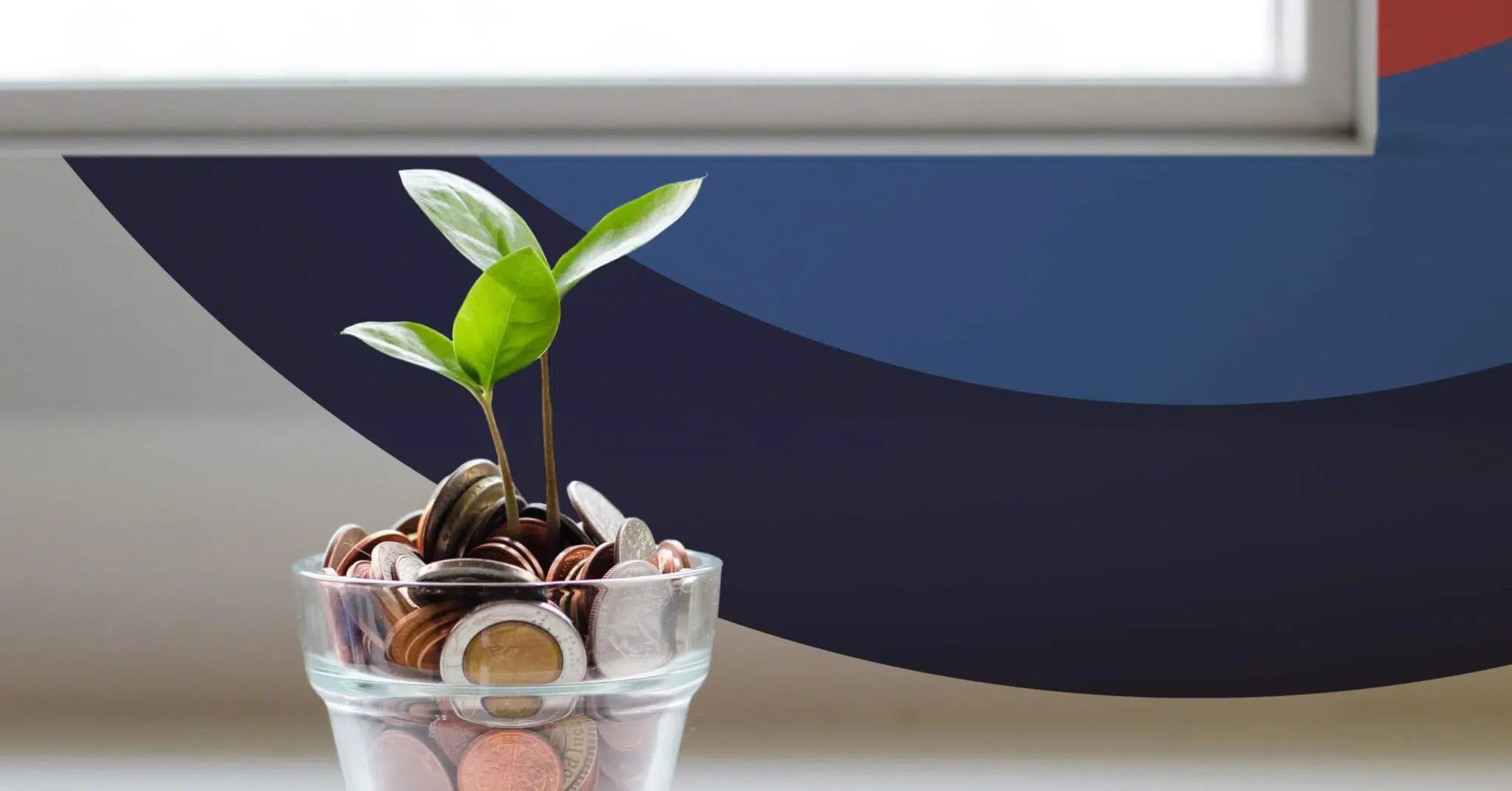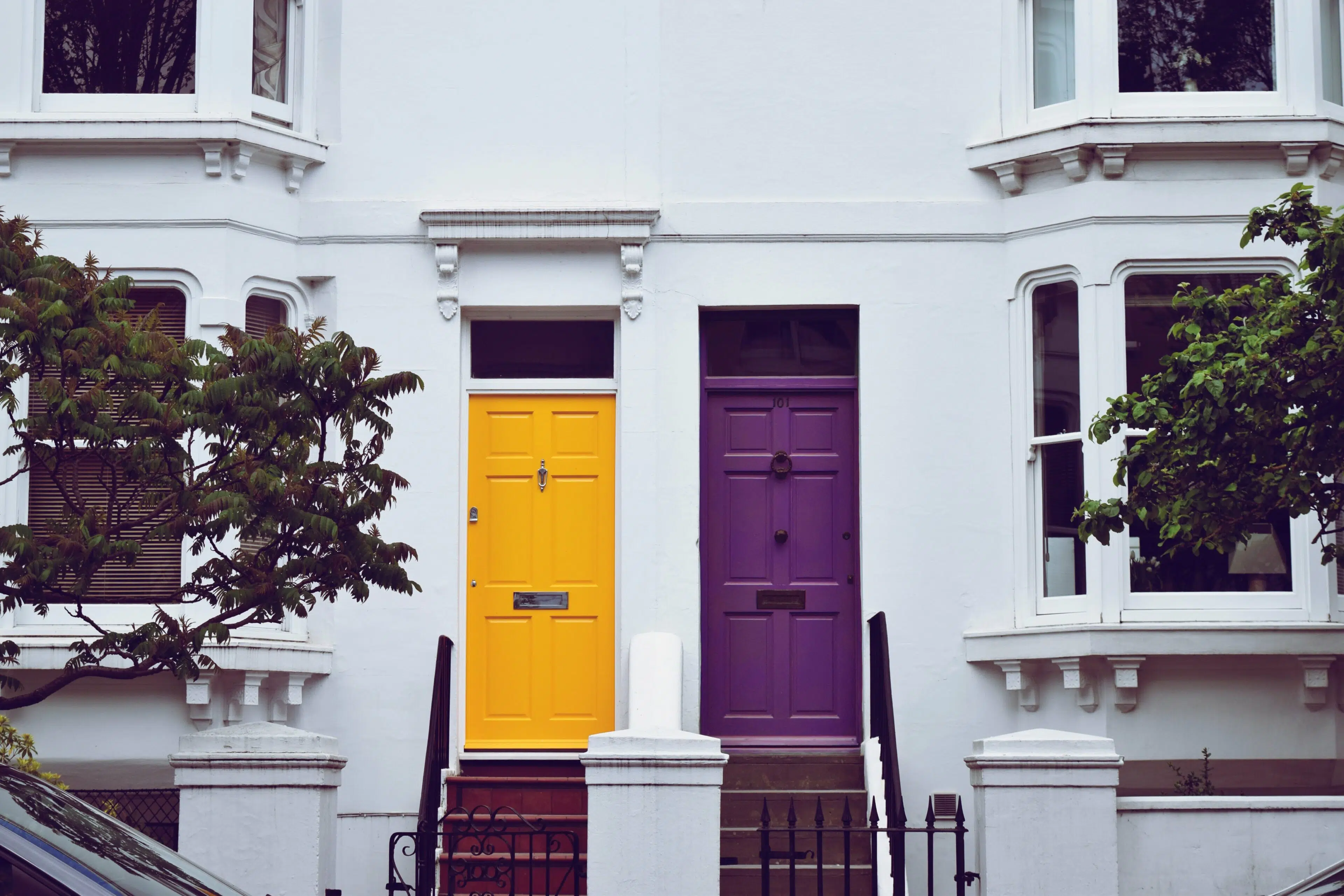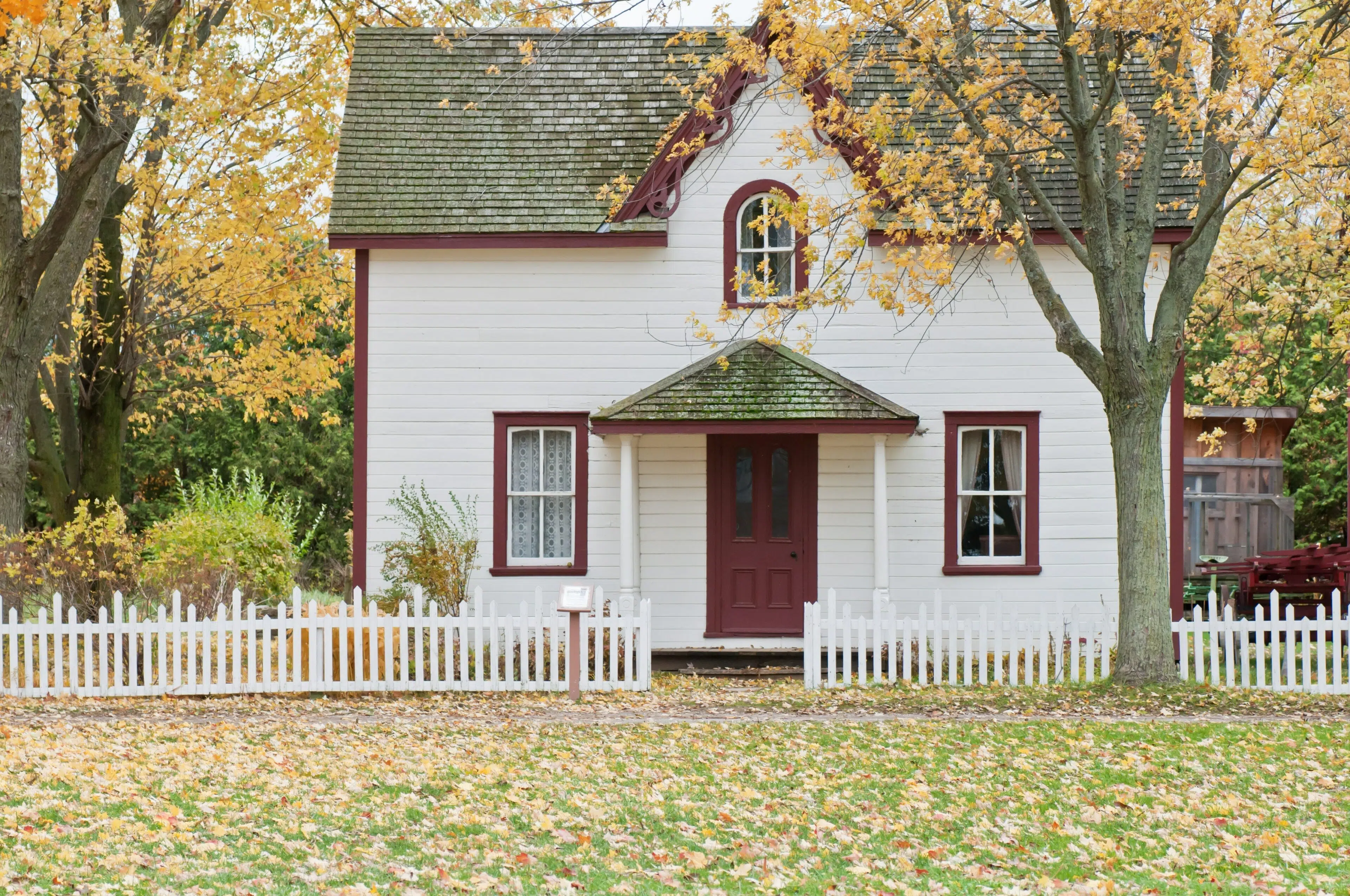Home Buying #Featured articles
Home Buying #Featured articles
How Much Down Payment Do You Need to Purchase a Home?

Table of contents
If you’re considering becoming a homeowner in Canada, you’ll need to understand how much you need to save towards a down payment. Whatever your goal, there are ways to achieve homeownership without breaking the bank.
There are various down payment options available, both traditional and non-traditional, that can help you get one step closer to your dream home. In this post, we’ll explore the minimum down payment requirements to consider when purchasing a home in Canada.
Key Takeaways
- The minimum down payment required varies based on your purchase price, use of property and amortization.
- An owner-occupied primary residence valued at $500,000 or less requires a minimum down payment of 5%.
- Various government programs and incentives are available to first-time buyers to help with down payment or closing costs, freeing up funds to put toward your down payment.
The Homebuying Process
- Get pre-qualified or pre-approved for a mortgage: Start by speaking with a mortgage expert to get pre-approved or pre-qualified for a mortgage so that you understand how much home you can afford. This will allow you to shop confidently within your budget.
- Find a real estate agent: Find an experienced real estate agent who can guide you through the process and help you find the perfect home. Look to friends and family for referrals or online reviews to ensure the agent you find is reputable and has a track record of positive buyer experiences.
- Research and compare homes: Research online to get a feel for the type of home that most suits your needs. Also, look at prices and see how your perfect home aligns with your budget. Your real estate agent will be able to assist you in narrowing down your search to the neighbourhoods, properties, and prices that fit your needs, short and long-term goals, and finances.
- Make an offer: Once you find a home you like, make an offer to the seller and negotiate a final price. This offer is often conditional on a favourable home inspection, appraisal or financing.
- Secure financing: After reaching an agreement on a price, secure financing from your financial institution or lender and move forward with closing the deal. At this point, you’ll need to have your down payment ready (which will be the focus of this post).
- Find a real estate lawyer: A real estate lawyer or notary is required to complete your transaction. Their role is to ensure that your paperwork is in order and that the subject property is free and clear of encumbrances so that the property’s title can be transferred into your name.
- Close on the mortgage: After all the paperwork is in order and the lender is ready to send instructions to your real estate lawyer or notary, you will be prepared to close on the property and begin moving into your new home.
How Much You Need for a Down Payment
When purchasing a property, homebuyers must provide a down payment. This is the capital you must pay upfront and is calculated as a percentage of the purchase price or appraised value of the home you are buying. The remainder after the down payment is applied will be covered by your mortgage and paid off through regular mortgage payments.
Part of the down payment, usually a fixed amount based on the purchase price ranging from $5,000 to $50,000, is given to the seller’s real estate agent in trust to hold in escrow to secure your purchase offer. Once your purchase is approved, this will go towards your total down payment on that property.
The lowest down payment required to buy a home depends on the purchase price or the property’s assessed value. The larger the down payment, the smaller your mortgage will be. There are 3 different down payment requirements based on the property’s value.
- Homes with a purchase price of $0 – $500,000 require a minimum 5% down payment.
- Homes with a purchase price of $500,001 – less than $1,500,000 require a minimum down payment of 5% on the first $500,000 and 10% on the remaining amount.
- Homes with a purchase price of $1,500,000 or more require a minimum down payment of 20%.
Important: If an appraisal is needed and the assessed value comes back lower than your purchase price, you’ll need to make up the difference with a higher down payment. However, this may affect your loan-to-value (LTV) ratio as the lender will base that on the lower assessed value.
Why Are There Down Payment Requirements For Homebuying in Canada?
The down payment requirements for homebuying came about after the 2008 financial crisis. The federal banking regulator in Canada took action to avoid a housing market crash similar to what occurred in the U.S. This included mortgage-specific policies like down payment requirements to purchase a home and obtain a mortgage.
Down Payment Requirements in Canada
Canada has strict rules surrounding down payments and how they must be funded. Many traditional and non-traditional options are available for buyers to source their down payment, including savings, investments, RRSPs, gifts from relatives, borrowed funds, rent-to-own capital payments, and proceeds from selling another property. Lenders typically require a 90-day proof of ownership.
Traditional Down Payment Sources
Savings/Investments – Most buyers source their down payments from savings or investment accounts. This could be anything from a Tax-Free Savings Account (TFSA), a First Home Savings Account (FHSA) or any other form of savings and investments.
RRSP – This source is available to first-time homebuyers (FTHB) under the Home Buyers’ Plan (HBP). This source acts as an interest-free loan of up to $60,000 ($120,000 for couples) that you must repay back to your RRSP within 15 years.
Gifted Funds – This down payment source can only come from an immediate family member and is limited to parents, grandparents and siblings. Additionally, the funds must be a gift without the expectation of being repaid.
Proceeds From Sale of Property – This source can be used as long as the purchase is completed simultaneously or after the sale of your existing property. The leftover amount from the sale of your current property can be used towards your new purchase as a down payment.
Non-Traditional Down Payment Sources
Borrowed Funds – You can use borrowed funds for your down payment if the minimum down payment is funded through a traditional source first. This source can come from lines of credit, credit cards, personal loans, or loans from a family member. However, the borrowed funds amount must be included in your total debt service (TDS) ratio calculation.
Rent-to-Own – This down payment source is the capital premium payments or rent credit added to your monthly rent payments. A rent-to-own housing agreement allows you to rent a home and accumulate rent credits, eventually becoming the down payment to purchase the same property.
Calculating Your Minimum Down Payment
The calculations below are based on the property’s purchase price to set the minimum down payment for a home in Canada. Check out nesto’s down payment calculator to help you calculate different options.
If the purchase price is $0 – $500,000
The minimum down payment will be 5% of the purchase price. For example, if the home purchase price is $400,000, the minimum down payment would be $20,000.
If the purchase price is $500,001 – less than $1,500,000
The calculation of the down payment involves adding two amounts. You’ll begin by calculating 5% on the first $500,000, then 10% on the remaining balance.
For example, if the home you’re considering has a purchase price of $1,300,000, the minimum down payment required would be $105,000, broken down as $25,000 (5% of $500,000) + $80,000 (10% of $800,000).
If the purchase price is $1.5 million or more
The minimum downpayment will be 20% of the purchase price.
For example, if the home you’re considering has a purchase price of $1,600,000, the minimum down payment would be $320,000.
Mortgage payment plans aren’t meant to be one-size-fits-all.
Chat with a nesto mortgage expert & get a mortgage payment fit to you.
Using Mortgage Loan Insurance for Down Payments Under 20%
You must pay mortgage loan insurance (mortgage default insurance) if you plan to put down less than 20% as a down payment. This insurance protects the lender, reducing their risk if you fail to make mortgage payments. Canada Mortgage and Housing Corporation (CMHC) is the main mortgage default insurance provider. However, private insurers Canada Guaranty and Sagen also offer this type of insurance.
The mortgage loan insurance fee is called a premium. Premiums are calculated based on your loan-to-value (LTV) ratio, so the higher your LTV, the higher your premium. Your total premium will also vary based on whether you add the premium amount to your mortgage (subject to interest-carrying costs) or paid upfront (not subject to interest-carrying costs).
Mortgage Loan Insurance Cost & Impact on Mortgage Rates
Mortgage loan insurance can impact the interest rates you are offered. Generally, the interest rates offered on insured mortgages tend to be lower as they are less risky to the lender when compared to uninsured mortgages. However, adding default insurance costs to your mortgage could negate any savings from obtaining a better interest rate. If the amount is paid upfront, you may realize cost savings with a lower interest rate on an insured mortgage.
For example, the table below illustrates how interest rates would impact the same mortgage based on a $500,000 purchase price with a 19.90% down payment ($99,500) requiring mortgage default insurance, compared to a 20% down payment ($100,000) without default insurance.
| Variables | With Default Insurance (Added to Mortgage) | With Default Insurance (Paid Upfront) | Without Default Insurance |
|---|---|---|---|
| Mortgage Amount | $400,500 | $400,500 | $400,000 |
| CMHC Insurance | $11,214 | $11,214 | $0 |
| Total Mortgage Amount | $411,714 | $400,500 | $400,000 |
| Rate Used for Calculation | 4.84% | 4.84% | 5.09% |
| Total Monthly Payment | $2,357 | $2,293 | $2,347 |
| Total Interest Paid (Term) | $93,000 | $91,000 | $95,000 |
| Total Principal Paid (Term) | $48,000 | $47,000 | $45,000 |
| Total Mortgage Cost (Term) | $141,000 | $138,000 | $141,000 |
| Remaining Mortgage Balance (End of Term) | $363,000 | $354,000 | $355,000 |
The cost of mortgage default insurance will also depend on whether you plan to pay the amount upfront in cash or add it to your mortgage balance and pay it off over the life of the mortgage. Paying your default insurance premium upfront in cash saves you interest-carrying costs on any additional mortgage balance and reduces the cash needed each month.
For example, a $500,000 purchase price with a minimum 5% down payment ($25,000) requires mortgage default insurance of $19,000. If you choose to add the amount to your mortgage instead of having a mortgage of $475,000 ($500,000 – $25,000), your mortgage will be $494,000 ($475,000 + $19,000).
| Variables | Default Insurance Added | Default Insurance Paid Upfront |
|---|---|---|
| Mortgage Amount | $475,000 | $475,000 |
| CMHC Insurance | $19,000 | $0 |
| Total Mortgage Amount | $494,000 | $475,000 |
| Rate Used for Calculation | 4.84% | 4.84% |
| Total Monthly Payment | $2,828 | $2,720 |
| Total Interest Paid (Term) | $112,000 | $108,000 |
| Total Principal Paid (Term) | $58,000 | $56,000 |
| Total Mortgage Cost (Term) | $170,000 | $163,000 |
| Remaining Mortgage Balance (End of Term) | $436,000 | $419,000 |
Strategies for Saving for a Down Payment
It may feel overwhelming to save up for a down payment, but it’s possible if you plan and budget carefully. Let’s look at some ways to help get you there.
1- Set goals – Decide how much you want to put down on your future home. Consider home prices in the area you plan to purchase and determine the minimum down payment requirements. If you wish to avoid paying mortgage default insurance, you must plan to save a minimum of 20% of the purchase price. You will also want to factor in setting aside additional savings to cover closing costs. Consider how long it will take to save a 20% down payment versus the annual appreciation in property values.
2- Create a budget and savings plan – Consider your income, expenses and existing debts. Create a budget that includes setting aside savings each month to work toward your goal. Aim to automate your savings each month and keep your down payment savings separate to avoid the temptation of using those funds and setting yourself back.
3- Explore government programs and incentives: Look into government programs and incentives that can help you utilize savings, such as the RRSP Home Buyers’ Plan for your down payment. Additionally, if you’re a first-time buyer, explore the many first-time homebuyer incentives that can assist you with your down payment or help you save money on closing costs, freeing up savings to put toward your down payment.
4- Decrease your debt: Paying off debts will allow you to have extra cash flow each month to allocate to savings. This will also reduce your debt service ratios, making qualifying for a mortgage easier.
Government Incentives and Programs
Many government incentives and programs are available to help first-time buyers with homeownership.
Home Buyer’s Plan (HPB)
If you’re a first-time homebuyer looking for down payment funds, consider borrowing (tax and interest-free) from your Registered Retirement Savings Plan (RRSP) under the Home Buyers’ Plan (HBP).
With the HBP, you can withdraw up to $60,000 from your RRSP ($120,000 for couples) tax-free and interest-free to use toward your down payment. You’ll need to repay the loan over 15 years; otherwise, the amount withdrawn will be considered fully taxable income.
First-Time Home Buyers’ Tax Credit (HBTC)
Qualifying first-time buyers who purchase a qualifying home can claim $10,000 under the First-Time Home Buyers’ Tax Credit (HBTC). When filing income tax, the amount can be fully claimed or split between a spouse or common-law partner, which will provide a refund of $1,500.
First Home Savings Account (FHSA)
As a first-time buyer, this registered plan allows you to save for your down payment in an account that provides the tax-exempt benefits of a Tax-Free Savings Account (TFSA) and the income tax deductions of a Registered Retirement Savings Plan (RRSP). The FHSA allows you to save up to $8,000 a year to a lifetime total of $40,000.
Frequently Asked Questions
Is a down payment the same as a deposit?
A down payment and a deposit differ, although they are both part of the buying process.
A deposit is a sum of money paid by the buyer to the seller to secure the purchase of the property. The deposit is paid when the offer is accepted and kept until the sale closes.
A down payment is a portion of the purchase price the buyer pays upfront to secure a mortgage loan. The down payment is a percentage of the property’s total purchase price and is paid at the time of closing.
Is it better to put a larger down payment on a house?
Putting a larger down payment on a house has many advantages if you can afford it. First, it can lower your monthly mortgage payments, making them more affordable. It can also reduce the interest you pay over the life of the loan, saving you money in the long run. Additionally, a larger down payment may make qualifying for a mortgage easier.
Do I have to put down a 20% down payment?
You must put down a 20% down payment if the home’s purchase price is $1.5 million or more. Otherwise, the minimum down payment is 5% on homes with a purchase price of $500,000 or less and 10% on any remainder between $500,001 and $1,499,99.
Final Thoughts
The amount of down payment you need to purchase a home will depend on various factors, such as the purchase price of the home and your financial situation. Determining the amount you require to put towards a down payment is a significant step toward owning your dream home.
You want to ensure you’re financially comfortable with the amount you’re putting down and have enough set aside to cover other costs of homeownership, like closing costs. If your down payment is ready and you’re looking to purchase, contact nesto’s mortgage experts today.
Ready to get started?
In just a few clicks, you can see our current rates. Then apply for your mortgage online in minutes!















